 The VDOT Calculator is an amazing invention in how it allows athletes and coaches to quickly identify appropriate training paces based on the purpose of the workout (e.g. improve VO2max, economy, endurance, etc.)
The VDOT Calculator is an amazing invention in how it allows athletes and coaches to quickly identify appropriate training paces based on the purpose of the workout (e.g. improve VO2max, economy, endurance, etc.)
In order to effectively apply VDOT the athlete and coach can’t just follow paces blindly, they must first understand the purpose of each type of workout. Secondly, the athlete must understand what the effort feels like and the coach (if working with the athlete in-person) must understand how to detect whether the effort looks proper and communicate clearly what it’s supposed to feel like.
Understanding the Purpose
- Easy Pace – Promotes physiological benefits that build a solid base from which higher-intensity training can be performed. The heart muscle is strengthened, muscles receive increased blood supplies and increase their ability to process oxygen delivered through the cardiovascular system.
- Marathon Pace – Used to experience/practice race pace conditions for those training for a marathon or simply as an alternative to Easy pace running for beginners on long run days.
- Threshold Pace – Improve endurance
- Interval Pace – Stress your aerobic power (VO2max). It takes about two minutes for you to gear up to functioning at VO2max so the ideal duration of an “Interval” is 3-5 minutes each. The reason not to go past 5-minutes is to prevent anaerobic involvement, which can result in blood-lactate build-up.
- Repetition Pace – To improve your speed and economy.
Understanding the Effort
- Easy Pace – Generally in the range of 65-79% of your HRmax. Running at a comfortable, conversational pace, which certainly may vary daily, depending on how you are feeling. You may be up to 20-seconds slower or faster than the specified pace on a given day. Keep in mind that VDOT’s Easy pace is designed to pinpoint the max benefit for the least amount of effort.
- Marathon Pace – Generally in the range of 80-90% of your HRmax.
- Threshold Pace – 88-92% of HRmax. Threshold pace is “comfortably hard” running. Your breathing shouldn’t be too heavy where you difficult to talk but it’s not an effort you’d want to say too much while running 😉 In a race environment, when ready to run hard you should be able to maintain this pace for 1-hour.
- Interval Pace – 98-100% of HRmax. Intervals are “hard” but not all-out running by any means. Usually at a pace that you could maintain for about 10-15 minutes in a serious race. Running at your Max should not feel comfortable.
- Repetition Pace – Current mile race pace (not sprinting). In order to improve your speed and economy you want to get in lots of work running fast with relaxed form. It’s possible to run faster than your VDOT Rep pace for 200m and 400m but that’s not the point. The idea is how much work can you get in with relaxed form or good mechanics?
If you don’t know what the effort should feel like you may never get the actual benefits due to training conditions, your current state of recovery, or possibly lack of sufficient data to calculate an accurate VDOT. For instance, you may be training at the correct VDOT value, but if you follow your assigned Threshold pace when it’s 85 degrees it’s likely you’ll go beyond your Threshold and get less benefit from the workout. Or, if you haven’t fully recovered from a previous Quality session but you still try and hit the fast end of your Easy day pace range (which is usually conversational) you may be overtraining that day.
Overall, always use a race result or estimated result that accurately represents your current fitness to determine your proper VDOT. Remember, you must always train at your current, not goal fitness. Then, understand the purpose and effort of each training type to achieve the max benefit. Beyond that, be flexible and adjust/go by effort if you’re tired or conditions are challenging.
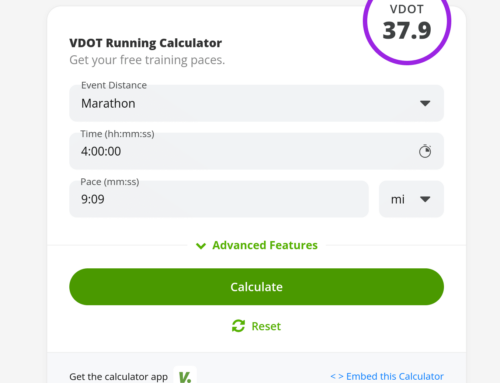
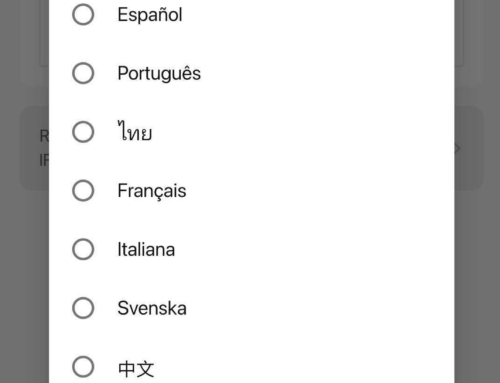
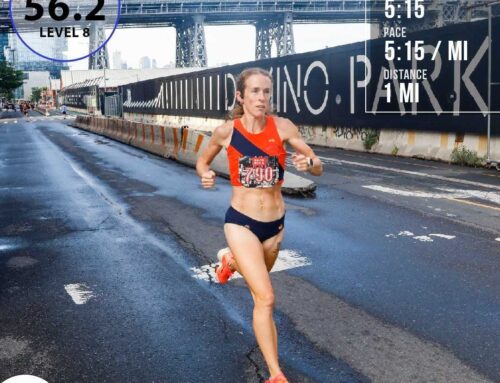
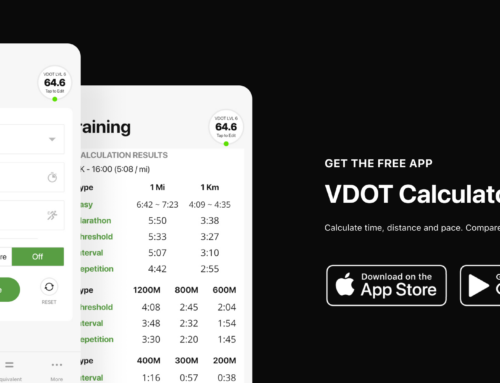
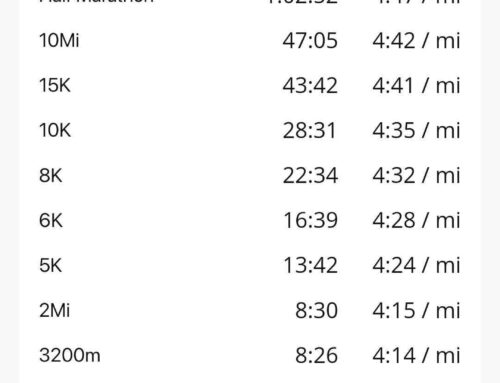
What’s the purpose of strides (ST) ?
Strides can aid the recovery process after a run and help improve economy. Remember, strides aren’t sprints but should be similar to current mile race pace with adequate recovery between each.
How could someone run at 98-100% of their max heart rate for 10-15 minutes. Everything I’ve read, and experienced, says you can hold max HR for a very few minutes, at most.
Hi KD,
Our research determined that a runner can run at VO2max for about 11 minutes, and certainly running at VO2max is associated with having maximum heart rate. Trying to run longer at maximum HR will definitely be associated with a high buildup in blood lactate and personal discomfort. One could say that there is certainly an intensity of effort that cannot be held for more than about 10-15 minutes. Keep in mind that it takes a few minutes for HR to reach max, and during that acceleration time, lactate and discomfort are both increasing, eventually reaching an intensity that will promote a lower intensity rate. The type of method used in monitoring HR can also cause trouble when using HR to determine training intensities. This is one reason why we came up with the VDOT system, because it determines speed of training for various types of benefit, and that may or may not always agree with what a HR monitor is providing you with. On the other hand, under windy, hilly or heat conditions, using HR to monitor effort can be better than going by a specific speed of running, as the work being done does not directly relate to speed.
Jack Daniels